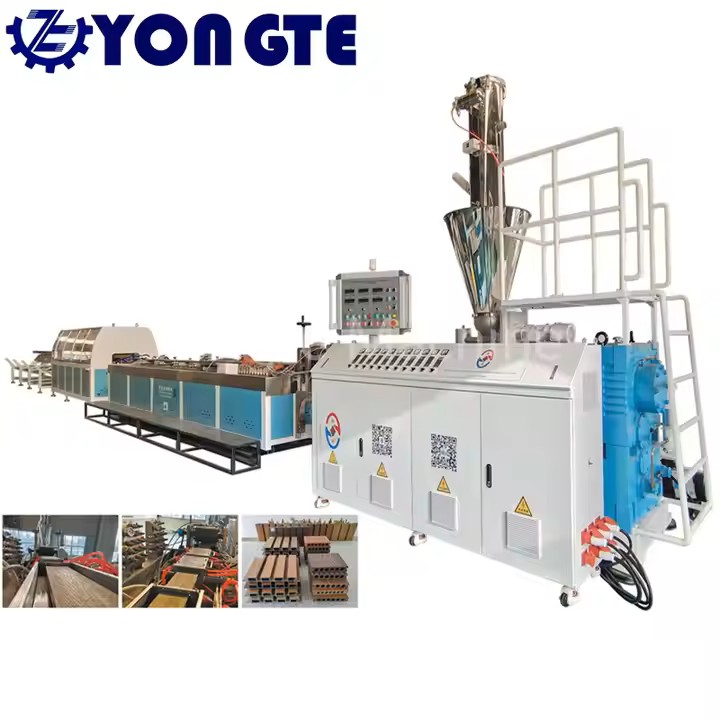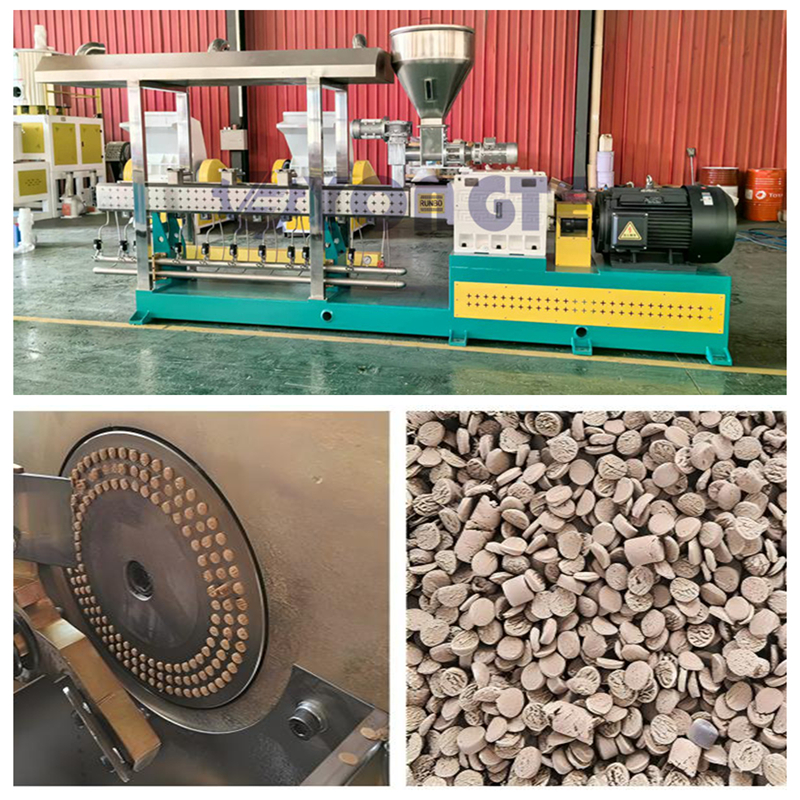The global dilemma of waste turf awaits a solution! Yongte's granulation and wood-plastic production lines pave a new recycling path.
As the sun sets and the jubilant scenes on community football fields fade, the artificial turf, borne of countless footsteps, faces the hidden challenge of "retirement." These seemingly ordinary green lawns are piling up globally at a rate of over 2.8 million tons annually, posing a thorny problem for environmental protection authorities worldwide.
Faced with this global challenge, Yongte's engineers drew inspiration from culinary wisdom. As one senior engineer put it, "Treatment of waste turf is like sorting a pot of mushy eight-treasure porridge back into its individual grains of rice and beans." Their development of an "ultrasound + low-temperature plasma combined separation system" cleverly solves the century-old challenge of separating artificial turf materials. This system not only increases the separation rate of turf fibers from adhesive to an astonishing 98%, but also intelligently identifies the degree of turf degradation in different regions and automatically formulates a "recipe" to ensure that the performance of the recycled granules remains at least 90% that of new material.

In a factory on the outskirts of Munich, Germany, this technology is working wonders. Workers feed rolls of retired lawns into the production line, and in just a few hours, these "waste materials" are transformed into something truly remarkable. Factory Manager Hans exclaims, "We used to lose €80 per ton in disposal fees, but now we're generating over €200 in profit. That was unimaginable back then!"
Even more commendably, Yongte's production line adapts to local circumstances. Designed for the harsh Nordic climate, the equipment utilizes a unique three-layer co-extrusion technology, ensuring the profiles remain resilient even in temperatures as low as -30 degrees Celsius. In the sweltering and humid climate of Southeast Asia, the production line automatically adjusts its process to prevent the wood-plastic panels from warping or cracking under high temperatures and humidity. This adaptability has enabled Yongte's equipment to be used in 12 countries around the world.
In Penang, Malaysia, a company using Yongte equipment is constructing a coastal promenade using recycled wood-plastic panels. Project Manager Ahmad did the math: "After using this equipment, our production costs have been reduced by 18%, and the resulting boards are expected to have a lifespan of over 10 years. It's a win-win!"

With the booming global green building materials market, the wood-plastic profile market has surpassed $38 billion. This green wave has transformed once-problematic waste lawns into a sought-after resource. According to statistics, if 30% of the world's waste lawns could be given a new lease of life through this technology, it would be equivalent to planting 250 million trees for the planet.
From community playgrounds to coastal promenades, lawns once facing retirement are now embarking on a new life in innovative factories around the world. As one environmental expert once said, "The best way to dispose of waste is to prevent it from becoming waste at all." In this quiet green revolution, technological innovation is gradually making this environmental maxim a reality.